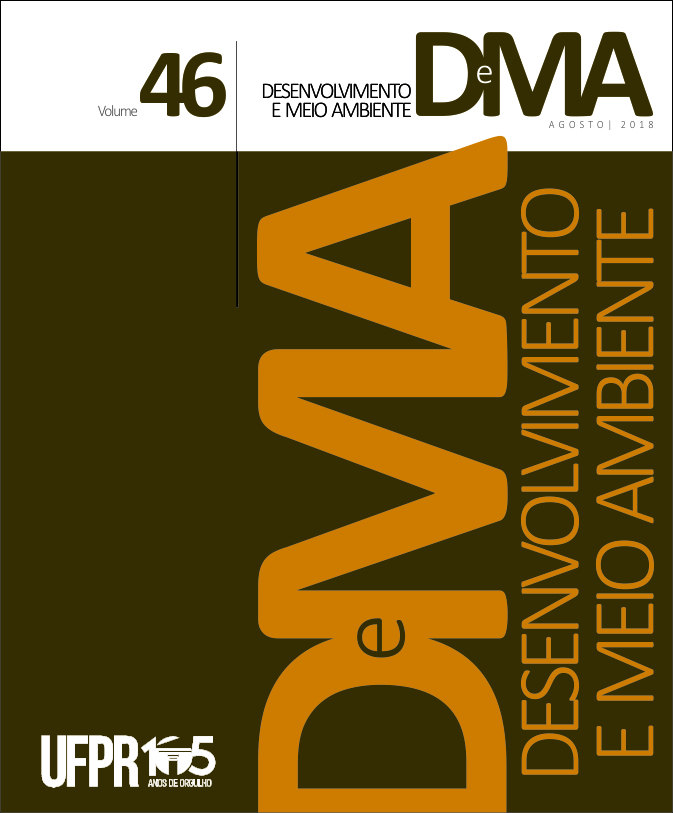Early warning system as a strategy for reducing vulnerability: citizen participation and public policy
DOI:
https://doi.org/10.5380/dma.v46i0.50150Keywords:
early warning system, disaster risk reduction, popular participationAbstract
The disaster occurred in the mountainous region of Rio de Janeiro, in January 2011, it was a milestone in the development of public policies for risk management. However, we observed a gap in the evaluation of ongoing programs, especially as regards the integration of communities in the management plans and decision-making. This paper discusses community adherence to the early warning system to landslides and flooding in Córrego D'Antas neighborhood - Nova Friburgo/RJ. The results show that in general the population does not comply with the protocol, evidencing a political program emptying. The top-down model that still prevails, added to the gaps in the reconstruction of the neighborhood, is obstacles to the development of a relationship of trust between community and government agents. In this sense, it is necessary to rethink the current management paradigm toward the community leadership in defining strategies to reduce risks to disasters.
Downloads
Published
How to Cite
Issue
Section
License
Copyright on works published in this journal rests with the author, with first publication rights for the journal. The content of published works is the sole responsibility of the authors. DMA is an open access journal and has adopted the Creative Commons Attribution 4.0 Not Adapted (CC-BY) license since January 2023. Therefore, when published by this journal, articles are free to share (copy and redistribute the material in any medium or format for any purpose, even commercial) and adapt (remix, transform, and create from the material for any purpose, even commercial). You must give appropriate credit, provide a link to the license and indicate if changes have been made.
The contents published by DMA from v. 53, 2020 to v. 60, 2022 are protected by the Creative Commons Attribution-NonCommercial-NoDerivatives 4.0 International license.
DMA has been an open access journal since its creation, however, from v.1 of 2000 to v. 52 of 2019, the journal did not adopt a Creative Commons license and therefore the type of license is not indicated on the first page of the articles.




